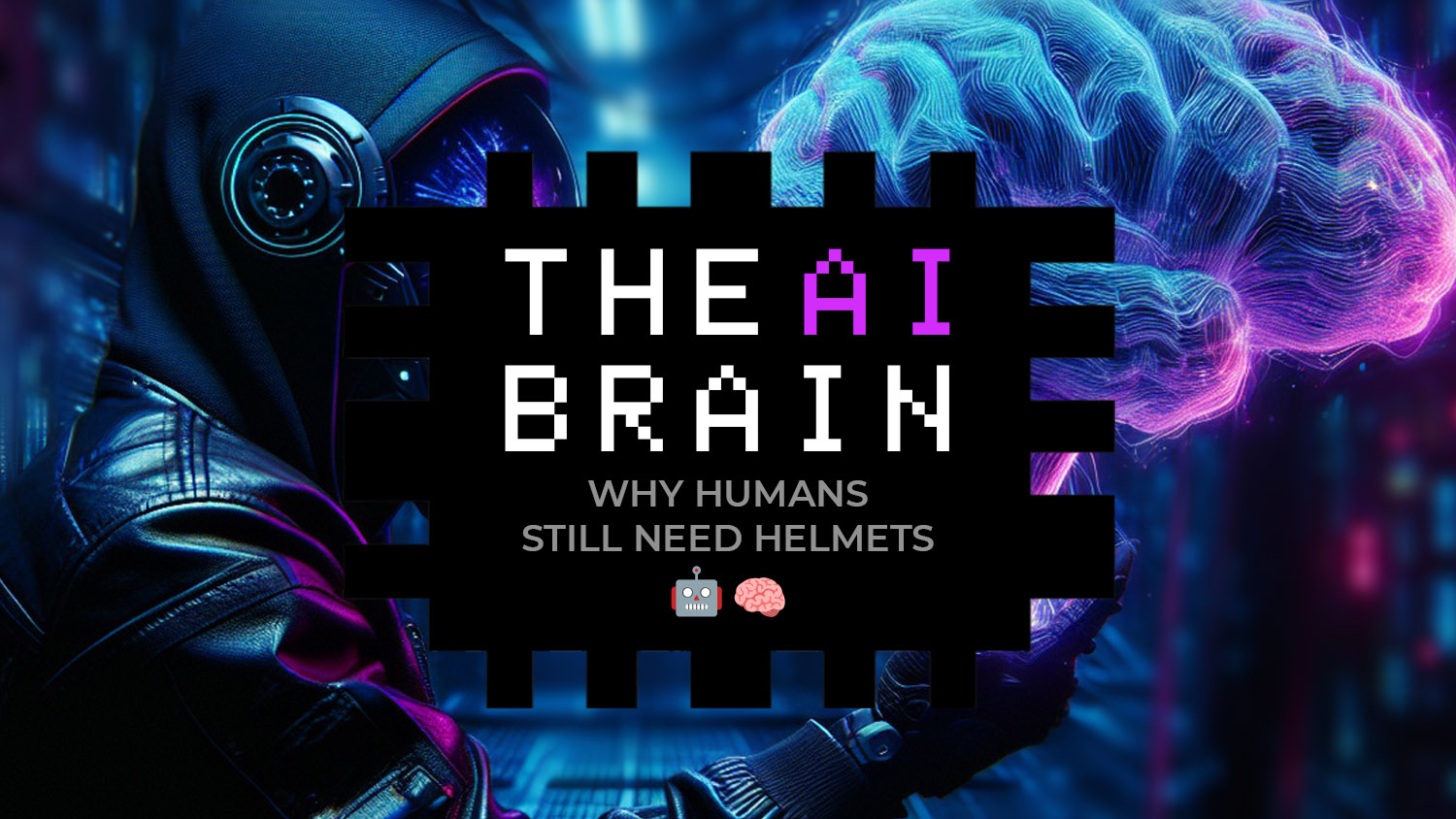The new battlefield: AI vs AI in cybersecurity
Artificial intelligence has quietly shifted from hype to reality in security. And it’s playing both sides.
On one hand, attackers are using AI to become faster and more convincing. A cloned voice urging an urgent wire transfer. Malware that rewrites itself to slip past defenses. Phishing emails that feel eerily personal. What used to take weeks of preparation can now be launched in a matter of hours.
On the other hand, defenders are leaning on AI as well. Modern tools analyze behavior instead of just static rules, catch anomalies in real time, and even roll back the damage from ransomware. Good AI is helping security teams cut through the noise and focus on real threats before they spiral.
The truth is, the battlefield is now AI against AI: bad AI attacking, good AI defending.
But there’s a missing piece in this picture. Even the best defensive AI can’t replace human judgment. The ability to question a request that feels “off,” to pause before trusting a familiar voice, to lead when the dashboard doesn’t give a clear answer. Technology can stop malware, but only people can build resilience.
What this shift means for security teams
- AI solves problems but creates new ones too.
For every clever defense, attackers find a counter. It’s an arms race with no final winner. - Automation can hide blind spots.
AI reduces noise, but it can also leave teams blind to what the system doesn’t catch. Over-trusting “the black box” is a risk on its own. - People are still the difference.
A trained employee who hesitates before acting on a suspicious request can prevent damage before any tool kicks in.
Building resilience beyond the dashboard
This is where many organizations fall short. AI tools add speed and coverage, but they don’t build the instincts a real incident demands. When pressure is high and the attack doesn’t look like the last one, teams need practice, not just policy. Without that readiness, even the most advanced security stack becomes fragile.
How Cyber Helmets fits in
That’s where Cyber Helmets comes in. Our mission is to prepare professionals for this new era of AI-powered threats, not with theory, but with live-fire training that mirrors the chaos of real attacks.
- Voice-phishing (vishing) simulations that teach how to spot AI-generated voices
- Endpoint defense drills that show what happens when ransomware hits
- Decision-making exercises under pressure, where judgment matters more than dashboards
Schedule your briefing
AI may defend your endpoints, but only trained people can defend your business. If your team is facing AI-powered threats, don’t just rely on tools, equip them with training that builds confidence under fire. At Cyber Helmets, we prepare professionals to think and act when AI can’t.
Book a Cyber Helmets briefing and see how live-fire training delivers resilience you can measure in real results.












